This post may contain affiliate links. Affiliate links use cookies to track clicks and qualifying purchases for earnings. Please read my Disclosure Policy, Terms of Service, and Privacy policy for specific details.
Some children seem drawn to music and musical expressions. I originally found the Kinderbach Piano Music Curriculum about 5 years ago when I was searching for an early piano program appropriate for toddlers for my then 3-year old. At the time, the first two lessons were available for free and we tried them out. My son really seemed to like them, so I purchased the 6-level curriculum. This review covers only the DVD version that I purchased in 2012.
Overview of Kinderbach
Kinderbach is a music curriculum for young children ages 3-7. The program is available through DVDs or an online subscription where you can access the videos through an app. The full program (Levels 1 to 6) is intended to be covered over a 2 year period. In the videos, children are taught note names, how to find the notes on the keyboard, rhythm, songs, and other music skills through animation, animals, and interactive activities. Each video lesson has a set of worksheets to go with it. As the child watches, they color, cut, paste, draw, or circle on the activity page.
Required Materials
In addition to either the online subscription or DVD/CD set, a child will need to access a keyboard or piano to fully participate in the lessons.
If you want a high quality keyboard at a great price, I recommend the Yamaha DGX650B. I did a lot of research before buying this piano. The keys are weighted to feel like a “real” piano. This is a full keyboard with 88 keys. It also has 128-note polyphony so the sound won’t drop out when playing chords or multiple notes.
If you want to go with a beginner’s portable model, the Casio SA 77 or Casio SA 46 may be what you are looking for.
Benefits of the Kinderbach Curriculum
The program is affordable in comparison to traditional piano lessons. In contract to other online piano programs, this one is designed for young children. I initially completed this program with my 3-year old. He absolutely loved it. My other children also love it, but do not have the same sustained interest that my first child did. I am going through this program much more slowly with the younger siblings.
The lessons are interactive. The video models not only teach the concepts, they show what to do and the children complete the activities while watching the demonstration in the video.
The program teaches basic music concepts and piano playing (without putting letter names, numbers, or stickers on the actual keyboard). The piano pals (the cartoon-based characters used to teach the notes) are introduced and then gradually faded out as the child progresses through the program. This technique is actually a research-based instructional strategy called “Stimulus Fading” (Cooper, Heron, & Heward, 2007).
Lastly, I love the “try before you buy” option with curriculum. It is nice to be able to try a few lessons with your children to get a good idea if the program is a good fit. Kinderbach does offer free beginning lessons.
Limitations of the Kinderbach Curriculum
The speed at which the child is supposed to play the songs on the keyboard would be difficult for any beginner to keep up with. When I use the program with my children, we pause the video and play it at our own pace.
This may not bother most people, but the male voice in some of the video segments sings off-key. For parents with a musical ear, this limitation may be difficult to bear. In one video segment where notes were presented on a traditional music staff, the singer did not sing the notes that were on the screen. Again, this probably would only bother parents with a musical background.
Some video segments model what not to do with fingering. Some children, like mine, will imitate what is on the video, regardless if the model is correct or incorrect. CLICK HERE to read about the problems with non-examples when teaching new material. We ended up having to skip over these video segments.
I had a problem with the CD with Activity Book 5. It would not let me access the worksheets for this entire level. I contacted the company and they offered to mail me a new one after I returned problem CD. This was too much of a hassle for me. Instead, I ended up paying for a one-day pass to access the online content and downloaded what I needed. This did happen many years ago, so hopefully the problem has been fixed. It does not appear that they still offer a 1-day trial access to the online content.
Final Recommendations
My children have liked doing Kinderbach and I would recommend this curriculum for young children who are interested in learning to play the piano or keyboard. Children in the 3-5 age range will likely benefit the most if a parent sits with them and helps them complete the activities. The lessons are fund and present concepts in small chunks. Content is reviewed adequately through each lesson and the animations and topics covered are likely to be of interest to young children. My son was able to learn the music concepts taught in Kinderbach. At completion, he was able to play the songs as well, but not at the speed demonstrated in the videos.
References
Cooper, J. O., Heron, T. E., & Heward, W. L. (2007). Applied behavior analysis (2nd ed.). Upper Saddle River, NJ: Pearson Education.




